The transition from primary to secondary school can fill parents and children with fear: here's what you need to know
Posted on
The transition from primary to secondary school can be a deeply worrying time for both parents and children.
This resource is designed to help parents and carers plan a successful start for their child at secondary school.
It includes tips for creating a transition plan and a checklist of things to think about and discuss with your child’s secondary school.
For example, what new school routines will your child need to learn (such as changing classrooms for different subjects)?
The good news is that the transition to secondary school can be made easier for children on the spectrum by taking the time to plan.
If your child is in Grade 6 now is a good time to think about the transition to secondary school.
For children who are part of the Program for Student with Disabilities a Year 6-7 review and application for funding takes place in Year 6.
If you’re not sure if your child has had an application submitted ask your child’s primary school.
For most children starting secondary school can be exciting, challenging and even stressful but there’s more to think about if your child is on the autism spectrum.
This is because transitioning involves three areas that children on the spectrum find challenging – socialisation, communication and behaviour.
Starting secondary school
Starting secondary school often means a lot of changes to the daily routine. These can include new subjects, new teachers, new uniform, new shoes, new rules, and meeting new people.
Another challenge can be the organisational skills needed to get to the right classroom on time with the right books. The good news is that the transition to secondary school can be made easier for children on the spectrum by taking the time to plan.
Puberty
Most children are also going through puberty at the time they start secondary school. During puberty your child might find it hard to understand why their body is changing. It’s a good idea to talk with your child about puberty and autism.
Build on past successes
You might like to think about what has worked for your child during past transitions.
This can be good information to include in a plan for how your child will transition to secondary school. This plan is called a transition plan.
Tips for creating a transition plan
In creating your plan it’s important to involve your child, your child’s therapists, Grade 6 teacher and support staff at primary school, staff and teachers at your child’s secondary school.
The overall aim of your plan is for your child to feel connected, protected and respected at secondary school.
A transition plan can be as simple or detailed as you make it. You can create a simple transition plan using the checklist below.
This checklist is a starting point for things to think about and discuss with your child’s secondary school. It’s not a complete list and you may need to add to it.
Learning
Personalised learning and support plans.
When Student Support Group meetings are held.
The subjects that your child will study and expectations around classwork, homework, tests and assignments.
Learning strategies that have worked well for your child at primary school
Communicating with school
Setting up communication between school and home, for example, student diary, online systems for attendance and homework.
Sharing information with the school, for example, what your child likes, their strengths, how they calm themselves.
Routines and rules
Helping your child with new school routines, for example, using a locker, changing classrooms for different subjects.
School rules around the use of mobile phones, computers and iPads.
Knowing where to go
Visits to the secondary school, for example, orientation days, tours, visits.
Getting around school, for example where are the toilets, home room, quiet space etc.?
Can the school provide a map?
What if…?
Situations where your child might need support. Work out a plan for who they can seek help from, for example, if your child feels sick at school.
New people and new activities
Meeting new class members
Lunchtime activities, for example, clubs, available spaces.
Upcoming camps and excursions.
Travel
You may also like to include travelling to and from school in your transition plan. This is important if your child will be travelling to secondary school by themselves.
Reviewing your transition plan
During Term 1 is a good time to review your transition plan.
You could consider questions such as;
Is your child comfortable using lockers?
Does your child know how to get around school?
Is the communication between work and school working well?
Information sheets
You might also be interested in these information sheets:
Preparing for Transition
Puberty and Autism
©2017 Amaze
Permission is granted for the content of this information sheet to be reproduced in its entirety, provided Amaze is acknowledged as the source. Content is provided for educational and information purposes only. Information about a therapy, service, product or treatment does not imply endorsement and is not intended to replace advice from your doctor or other registered health professional.


